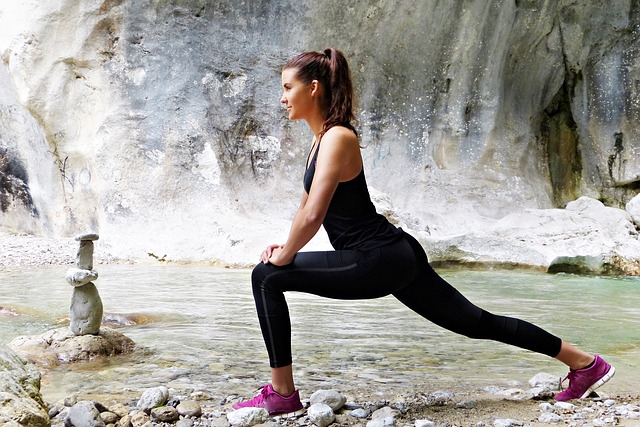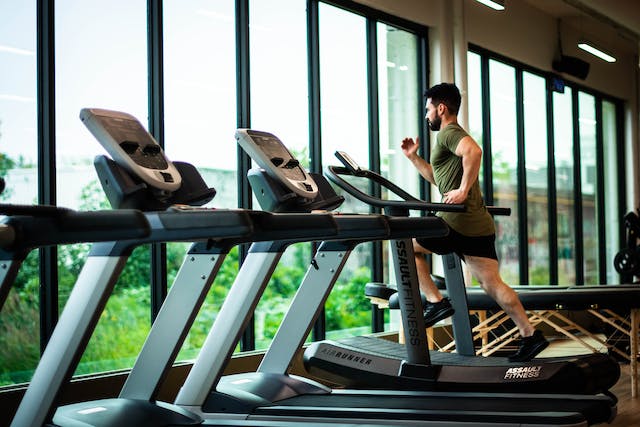 One of the largest and most complex joints in the body, the shoulder is a combination of bones, ligaments, tendons, cartilage and muscles, designed to be amazingly flexible to allow for our wide range of motion. We tend to take this remarkably strong and versatile joint for granted until it demands our attention by malfunctioning or becoming injured. When something does go wrong with the shoulder, we quickly realize just how much we depend on it.
One of the largest and most complex joints in the body, the shoulder is a combination of bones, ligaments, tendons, cartilage and muscles, designed to be amazingly flexible to allow for our wide range of motion. We tend to take this remarkably strong and versatile joint for granted until it demands our attention by malfunctioning or becoming injured. When something does go wrong with the shoulder, we quickly realize just how much we depend on it.
Shoulder pain or decreased range of motion may mean there is an issue with the joint itself or with the surrounding muscles, ligaments and tendons. One of the more common problems is a tear in the rotator cuff, which is the group of four tendons and muscles that stabilize the shoulder joint. Our ability to rotate our arms and lift objects are completely dependent on the rotator cuff, and, when it is torn, any movement of that type becomes painful and difficult.
Obviously, a tear to the rotator cuff is serious, and it is important to consult with a healthcare professional as soon as possible. If caught before it gets worse, it is likely that surgery will not be required. Treatment will usually include some combination of physical therapy, over-the-counter pain medications to reduce pain and inflammation and cortisone injections. An important part of physical therapy for rotator cuff injuries is exercise designed to help restore the range of motion in the muscles and joint.
Exercises Following Shoulder Rotator Cuff Injury
Pendulum circles and isometric shoulder rotations are often recommended following a rotator cuff injury but never attempt these or any type of exercise following an injury without first consulting with your physical therapist or orthopedic specialist.
Pendulum Circles
Pendulum circles are done with or without weights, which can be added and increased as the recovery process progresses. Something like a chair or table to help maintain balance is required for these exercises. With the uninjured arm holding the chair, bend forward 90 degrees at the waist and let the arm with the rotator cuff injury hang loosely. Swing this arm in small circles, like a pendulum, alternating direction after about 10 circles. Movement should be smooth and effortless and repetitions can be increased as strength returns.
Isometric Should Rotations
The term isometric comes from the Greek “iso,” meaning “same,” and “metric,” meaning length. Isometric exercises are done with the joint angle and muscle length not changing when the muscle contracts. This is accomplished by one muscle being worked against another or against a fixed object, like a wall.
Isometric Shoulder External Rotation
In this exercise the patient stands with the injured shoulder about six inches from a wall, with the elbow bent at 90 degrees and the backside of the fist pressed against the wall as if trying to rotate the arm in an outward motion through the wall. Repetitions can be increased as recovery progresses.
Isometric Shoulder Internal Rotation
The isometric shoulder internal rotation is done the same as the external rotation except that it is done facing into the corner of the wall and the inside of the fist is pressed against the wall and the arm is rotated inward instead of outward.


